Project Management is all about managing and organizing everything you need to achieve a business goal – on time and on budget, of course. Be it software development, running a marketing campaign, or landing on Mars – you need to apply specific project management tools and techniques for success.
All projects are different. There are no perfect or universal project management systems and project control techniques for every type of project. Also, no system would fit every leader and be comfortable for all the team members. Nevertheless, many practical approaches, methods, and standards have been created in project management that may be adopted in any company for good. Let’s discuss some of the most popular of them today.
Agile
Agile is a flexible iterative-incremental approach to project and product management focused on the dynamic formation of requirements and ensuring their implementation as a result of constant interaction within self-organizing working groups consisting of specialists of various profiles.
There are many methods based on Agile PM ideas, the most popular of which are Scrum and Kanban.
PM approaches may be very different from each other. They differ in scope, detail, self-sufficiency, and formalization. It’s possible to call them methods for convenience. Still, all of them contain the standards, concepts, methods, and frameworks used in project management either separately or in a mix. The idea is to provide the broadest overview of existing approaches in project management that may help everyone with their project planning, critical path and so much more.
Here are some of the most popular Agile project management methods and tools to help you understand and organize Agile, as well as teach you how to properly apply Scrum and Kanban in practice so that you make a leap forward in your career or business.
This path will require the leader to change not only knowledge and perseverance, but also serious administrative resources and costs. Fortunately, there are out-of-the-box practice kits that make the Agile transformation of an organization easier. These sets include the Scrum framework, the Kanban Method, and many others – Crystal, LeSS, SAFe, Nexus.
Scrum
Scrum is an agile framework, created in 1986, and is considered the most structured of the agile family. It combines elements of the classic process and the ideas of an agile project management approach. The result is a very balanced combination of flexibility and structure.
Scrum breaks down the project into parts (Sprints) that can immediately be used by the Customer to obtain value, called the product backlog.
For example:
A website with a part of the functionality or a program that is already working, delivered may be the result of a Scrum. After that, the project team proceeds to the next Sprint. The duration of the Sprint is fixed, but the team chooses it independently at the beginning of the project, based on the project and its own productivity.
To many, Scrum may be difficult to implement – a new process, new roles, many delegations, and a completely new organizational structure. But it is a flexible and yet structured approach to project delivery that, unlike Agile’s vague and general principles, will prevent work from going the wrong way from the start.
Kanban
Created by Toyota engineer Taiichi Ono in 1953, Kanban is very similar to an industrial production scheme. All you’ve got is a piece of metal at the start, and there are metallic details ready at the end. In Kanban product management, the product increment is passed forward from stage to stage, and at the end, it is prepared for delivery.
Most interesting is that in Kanban, it is allowed to leave an unfinished task at one of the stages if its priority has changed and there are other urgent tasks to do.
For example:
An unedited blog post left without a publication date, or a piece of feature code that might not be included in the final product are all fine for Kanban pm methods.
Kanban is much less strict than Scrum. It does not limit sprint times. There are no roles other than the product owner. Kanban even allows a team member to conduct multiple tasks simultaneously, which Scrum does not. Also, meetings on the status of the project are not regulated in any way – you may do it as you like, or you may skip it at all.
Your Kanban system may be as flexible as you want it to be. In many ways, Kanban is a visualization of an agile idea. It’s good for a reasonably dedicated team with good communication. But unlike Scrum, Kanban doesn’t have clear deadlines, which is excellent for motivated and highly experienced teams.
APF
If you appeal to APF, it is Adaptive Project Framework, also known as Adaptive Project Management (APM). This approach accommodates the unknown factors that can crop up during a project.
It is used to prepare the teams to foresee unexpected changes and respond accordingly without a blink of an eye.
The method will be perfect for those who have no issues with regular communication with stakeholders at every level which allows the teams to effectively adapt.
XP
This is a so-called Extreme Programming (XP), which is an agile project management framework used in software development. XPM stands for extreme project management accordingly.
In a nutshell, XP is one of the agile methodologies, which allows advocating iterative development, frequent releases, and a high level of customer involvement in the process. It’s similar to Scrum, only XP is a lot more prescriptive and opinionated. That’s why it won’t just do for self-sufficient and independent teams.
Event Chain Methodology
Tools used in project management are not limited to popular agile pm tools and techniques. You may also apply other methods to organize your pm activities perfectly.
A network analysis technique focusing on identifying and managing events and the relationship between them (event chains) that may affect project schedules is another excellent way to succeed.
More about event chain methodology, its advantages and disadvantages read on Knowledgehut.
PERT
What is a PERT in Project Management? Many people confuse the PERT technique with the PERT chart, so to understand the comprehensive definition of a PERT chart, we’ll start by explaining both terms.
PERT is the Program Evaluation Review Technique, or project evaluation and review technique. PERT is a technique for creating a PERT chart. And the PERT diagram is a visual diagram and the result of using the PERT technique. That is, the PERT technique is the process, and the PERT diagram is the result.
The PERT chart as one of the project monitoring tools and techniques allows project managers to learn important information about the work schedule: task dependencies, estimated task time, and minimum project lead time. But this is not the most convenient and understandable tool.
PERT and the critical path method work scheduling techniques that project managers may use to view task dependencies and estimate project lead times.
RUP
The Rational Unified Process (RUP) is a software development methodology created by Rational Software, a division of IBM.
RUP focuses on an iterative development model. At the end of each iteration (lasting 2-6 weeks), the team must achieve the goals planned for this iteration, create or modify the design artifacts, and get an intermediate, but workable version of the product.
Iterative development allows you to quickly respond to changing requirements, identify and eliminate risks at the early stages of a project, as well as constantly monitor the quality of the product being developed. The complete product development lifecycle here consists of four phases, each of which includes one or more iterations.
Prince2
The British government has long appreciated the effectiveness of project management, and in 1989 the British PRINCE2 methodology was successfully created. The name comes from the “Projects IN Controlled Environments version 2” acronym.
Unlike flexible agile methods, PRINCE2 does not take an iterative approach to the project. Compared to other products, PRINCE2 is like a hybrid of the classic project management approach and a focus on quality.
WBS
Work breakdown structure (WBS) in project management is a method for completing complex, multi-step projects
(Wrike.com )
It is important to understand that WBS collects the deliverables, not the tasks that need to be completed to obtain those deliverables.
WBS is extremely useful in project planning and here’s why:
- WBS – if not the only, but certainly the most effective way to visually reflect the entire scope of the project.
- Breaking it down into smaller chunks means work can be done simultaneously by different team members, leading to better team productivity and easier project management.
- WBS focuses not on the process, but on the expected result, and creates the right message.
Ideally, the customer or his representative and the whole team participate in the development of WBS, which allows:
a) to provide a unified understanding of the project results and their scope,
b) to see the importance and contribution of individual elements to the overall result.
With the help of WBS, you can justify the need for finances or human resources. WBS helps to prevent risks and changes, or at least significantly reduce their likelihood and impact.
At the WBS level, it is already possible to define and agree on the control points of the project. Both decisions about continuing the project after the next stage and controlling human and financial resources costs are included.
Waterfall
The waterfall is a classic methodology in the world of product development. It has existed for more than half a century. It is also called a cascade software development process model, in which the development process looks like a flow, sequentially passing through the phases of requirements analysis, design, implementation, testing, integration, and support.
The flow of processes, meeting deadlines, completing tasks in a waterfall model is often best displayed by a Gantt Chart or horizontal bar chart.
CPM
The critical path method (CPM) is a technique where you may identify tasks that are necessary for project completion and determine their scheduling time. It focuses primarily on discovering the most essential tasks in the project timeline, identifying their dependencies, and picking the best timeline for their completion.
(Asana)
CPM may provide precious insights on planning various projects, allocating resources they require and scheduling necessary tasks.
As you see, there are plenty of methods to rely on during your PM routine. There’s a range of valuable tools to apply in this or that methodology to optimize the teamwork and communication with other project participants.
Leading Project Management Tools
Now let’s discuss the most curious and practical part of project management – analytical techniques in project management and the tools to apply in everyday work to track progress, communicate with the team, report and analyze, and much more.
Jira
One of the oldest and best project management techniques ever created for effective project management of all levels. It’s been powerful project management software for teams of all sizes and the best development tool for agile teams for so long.
Free Jira Software is designed so that everyone on your development team can plan, track and release excellent software or any other project. Though, not quite suitable for marketing teams, it’s more used by hard developers.
Asana
Asana is a marketing favorite. From project management tools and methodologies, this one makes the small stuff to the big picture. It helps organize work so that the teams know what to do and see how via a user-friendly interface.
Prices are more than affordable. They vary from basic $0 forever to Premium $10, 99 and Business $24, 99 monthly. More about it is here.
Trello
This is another Atlassian product, cloud-based small team project management software developed by Fog Creek Software. Trello uses a project management paradigm known as Kanban, which you’ve already familiarized yourself with, a technique that Toyota originally popularized in the 1980s for supply chain management.
Zoho Projects
Zoho Projects is cloud-based project management software that helps teams to efficiently plan, track, collaborate, and achieve project goals.
A great alternative to Asana, you may check out the pricing page here.
Wrike
Check out Wrike’s all-in-one project management platform to get started doing better and smarter, which promises a new level of teamwork efficiency. Simple and similar to Asana or Zoho Projects, it’s a great tool for a start.
ProofHub
ProofHub is a project planning software with every tool your team needs to get work done faster, together. No per-user fee. Free trial. No learning curve. – That’s how they position their tool.
Check out their plans here.
Basecamp
Basecamp is a public-cloud-based tool for project management, collaboration, and task setting that puts everything you might need to get work done in a single place. It’s the calm, organized way to manage projects, work with clients, communicate with the team, and so much more.
Wrapping Up
There are so many helpful project management strategies and techniques to apply in the everyday struggle for better results and time management. Every event or task dependency, jobs to be done, or other either design or development deliverables may be included in a simple task management system you prefer to use in your work. CCT, WBS, or CPM are no longer strange terms. And the leading project management tools may perfectly fit the methodology applied in your product management.
Though it all may seem such a mess to understand, it still helps to come up with more effective work solutions when you’re a PM or need to perform the role for some reason.
Feel free to ask for help with any product management issue from agile professionals.

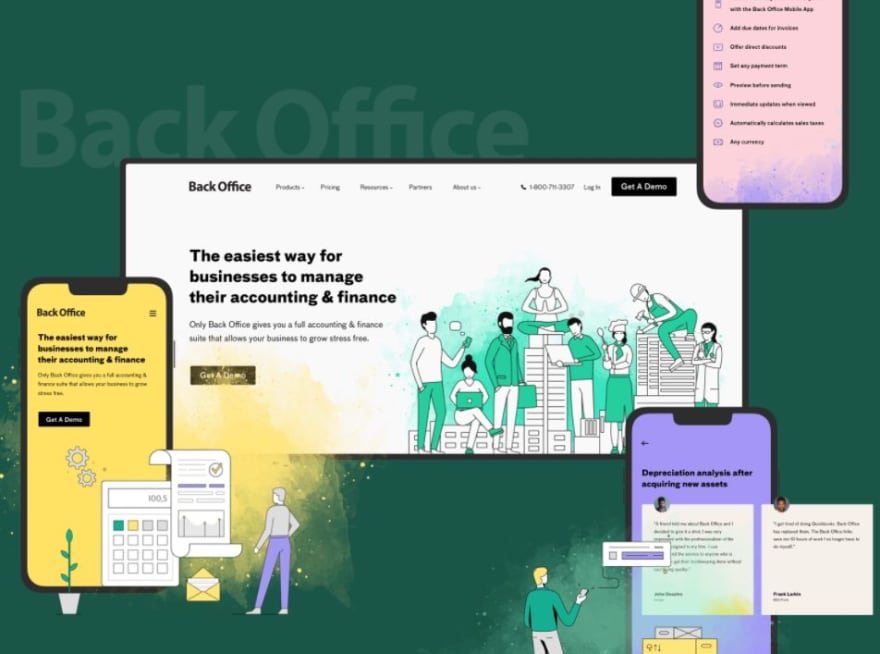

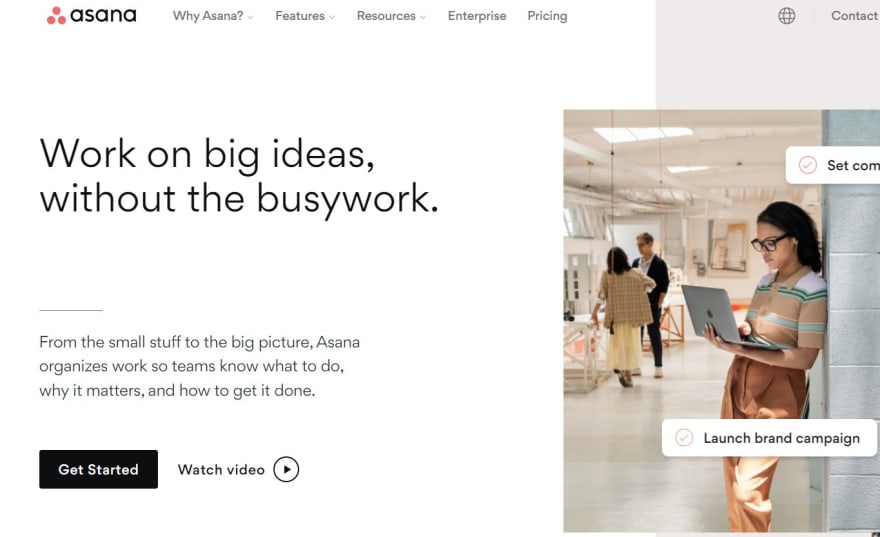
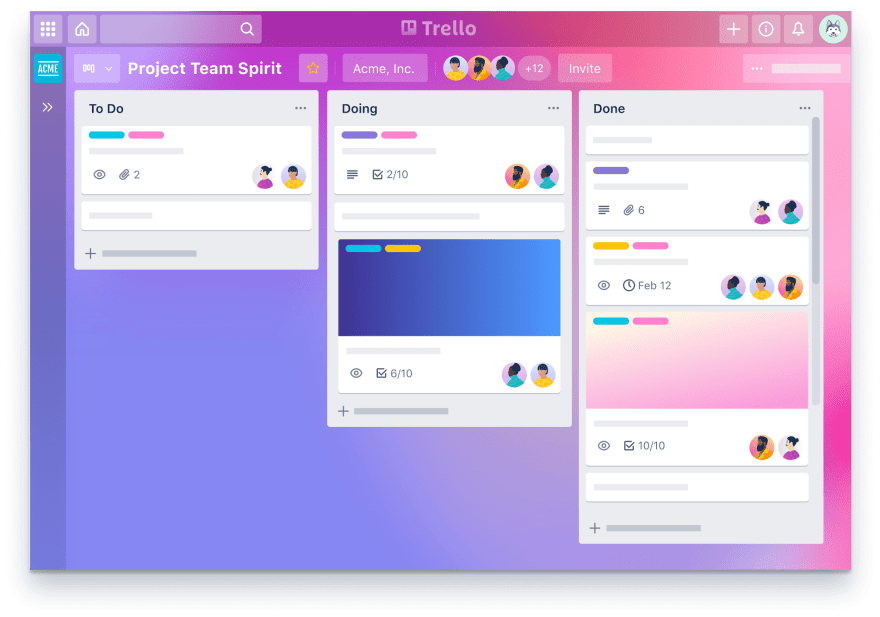
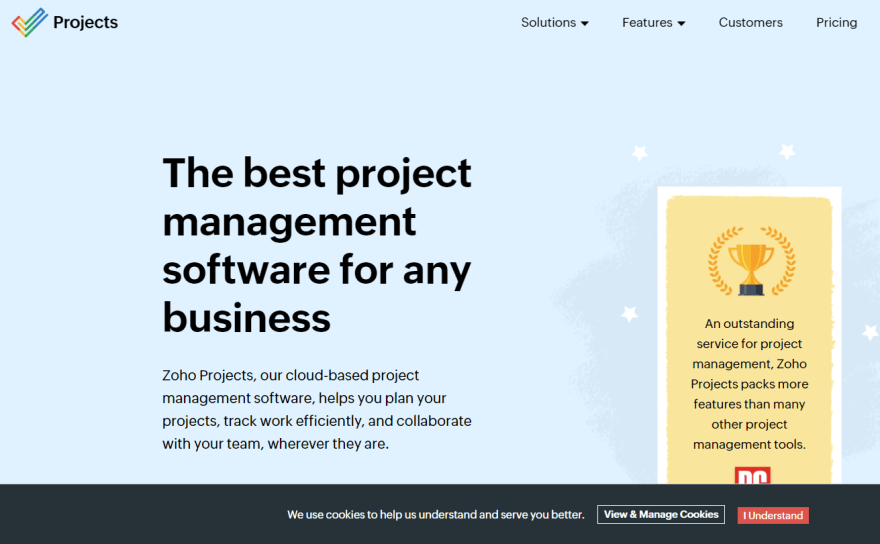


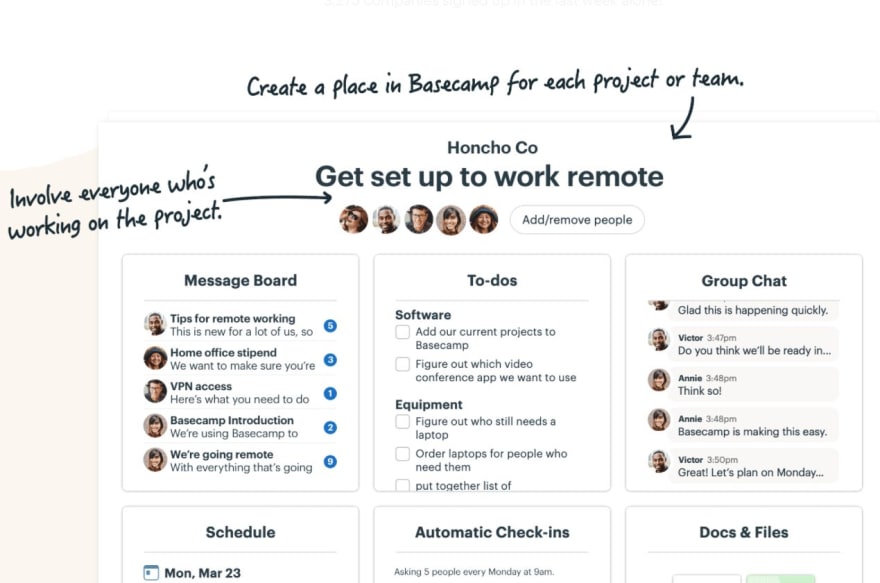

Top comments (5)
Thank you for the list! Currently I am using Quire as my project management tool. I am working remotely and my team use Quire for collaborating with freelancers. I'm interested to try Jira after this!
We would suggest to add Easynote (easynote.com) as it can do so much for example:
Project management
Document Management
Meeting Management
File management.
It also allows teams to collaborate, and its super usable product.
Restyaboard should be added to the list. It is designed to organize and manage everything from complex project management milestones to your daily to-dos. Allows teams to collaborate effectively and reach productivity goals.
Thanks a lot! It's a great idea.
What an excellent post! I appreciate how you’ve compiled insights on the various project management tools and methodologies that can truly enhance productivity and collaboration. It’s fascinating to see how different approaches can cater to diverse team dynamics and project requirements.
From my experience, one of the most effective methodologies I've worked with is Agile, particularly in environments that require flexibility and rapid iteration. The emphasis on continuous feedback and adaptability has proven invaluable, especially when dealing with changing project scopes. Additionally, integrating tools that support Agile practices, like Kanban boards, can significantly streamline workflows and improve visibility across teams.
For those looking to explore project management concepts further, I recently came across a comprehensive guide that covers essential principles and practices. It’s a great resource for anyone wanting to deepen their understanding: Project Management Guide.
What methodologies or tools have you found to be game-changers in your projects? I’d love to hear your thoughts and experiences!